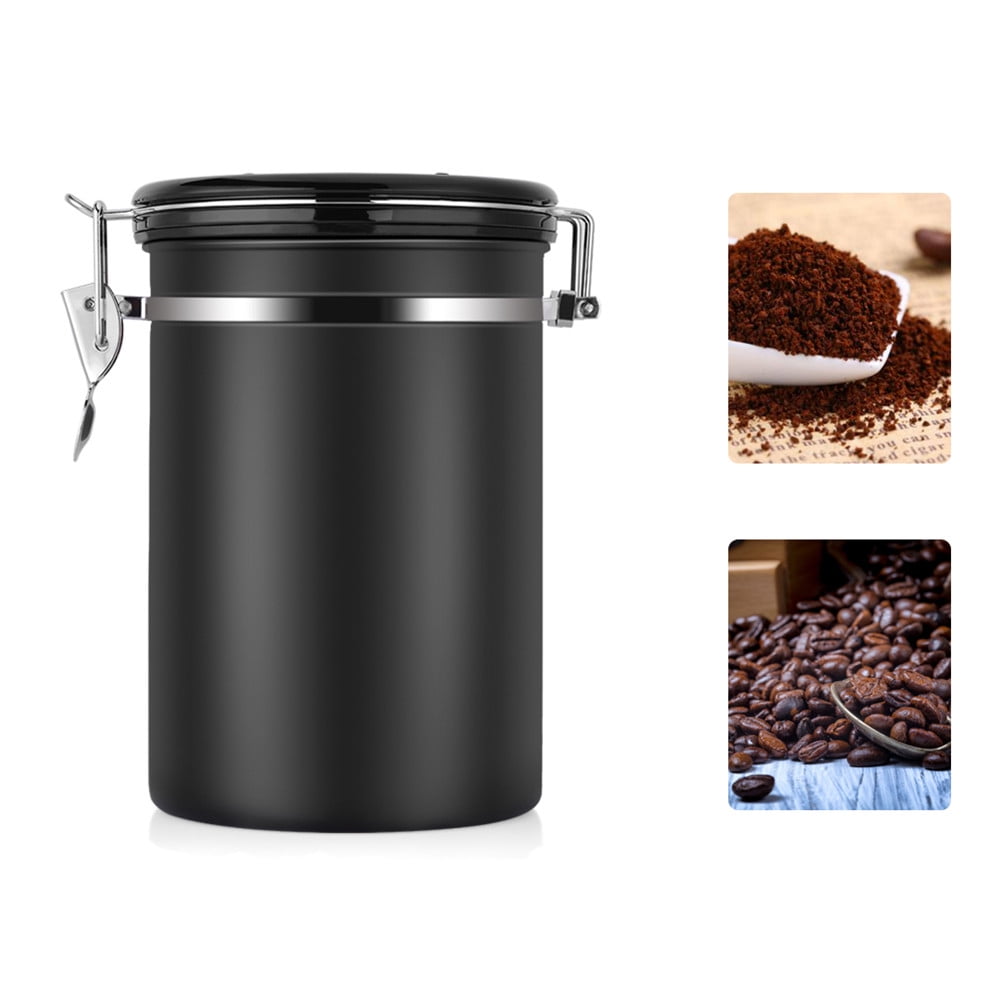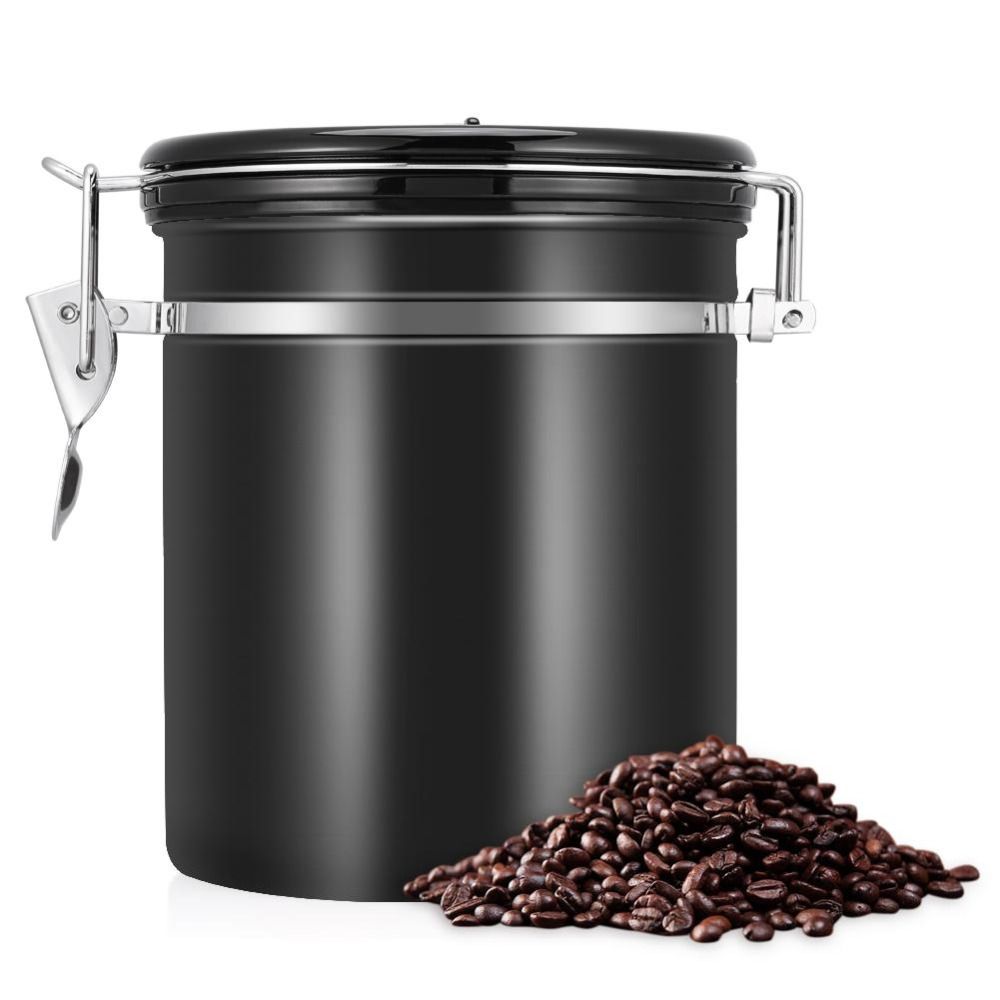
The CO2 bubbling out of the beans helps to extract more flavor compounds, leading to a better drink as a result.Ĭarbon dioxide escapes over time. This leads to the fabled ‘ bloom‘, a step in the coffee brewing process that many coffee drinkers anticipate when they’re aiming for the perfect brew. When you pour boiling water on your coffee grounds, it speeds up the release of the CO2 that’s still within them. All coffee contains an amount of CO2 that starts to be released when it is roasted.įreshly roasted coffee beans go through a two-week period of degassing, which is when most of the CO2 escapes, but some is still left in your coffee beans when you get your hands on them. The other main thing that affects the shelf life of coffee is the carbon dioxide (CO2) content. Carbon Dioxide CO2 released from the combination of coffee with hot water creates the blooming effect. However, the higher surface area provided by ground beans versus your whole coffee bean means there’s more space for the oxidation reaction to occur, which means that ground coffee loses its fresh flavor faster. If you tried to brew coffee using whole beans versus coffee grounds, you would see just how much of a difference this makes! You grind your fresh coffee beans to produce more surface area, which is what makes your brewed coffee taste the way it does. This oxidation problem is only exacerbated when you are trying to store ground coffee. But when you’re in the freshly roasted coffee beans game, it’s flavor you want! This makes your coffee start to lose its flavor, and over time it will eventually taste nothing like the coffee you want it to.Ĭaffeine is less reactive with oxygen, so your beans will still give you a kick even as their flavor disappears. When the delicious chemicals that make up the taste and smell of your coffee are exposed to air, they react with the oxygen to form new compounds. The primary reason for this is oxidation.

This also means that roasted coffee starts to degrade a lot quicker than unroasted coffee. However, you’re unlikely to be roasting your beans at home, unless you are a true coffee snob!Ī big part of the reason for roasting coffee beans is that it enables you to extract more of the complex chemical compounds within the beans. Green coffee beans (as unroasted coffee beans are called) have a pretty good shelf life and can last a very long time. What Makes Roasted Coffee Beans Go Stale? Do Coffee Beans Last Longer Than Ground?.How Long Can You Keep Coffee Beans Unopened?.What Makes Roasted Coffee Beans Go Stale?.You won’t need to worry about your whole coffee beans going stale again once you’ve finished here!Īt the end of this guide, we’ll round up some of the most frequently asked questions about how long coffee beans last just in case you have any lingering queries that haven’t been answered. We’re going to look at how coffee beans lose their freshness over time, what influences this, and how they fare in different storage situations.

Coffee bean container how to#
There is a lot of advice online about how to best store coffee beans, ranging from pretty straightforward (sealing them) to more creative ideas (freezing and vacuum packing).īut, if you’re just trying to make sure your coffee beans stay fresh and delicious, the big question you need to ask is how long coffee beans last. Once roasted they actually start to degrade, and the second you pop the seal on that bag the process speeds up. However, like any fresh product, coffee beans don’t last forever. Coffee beans ready for grinding and brewing!Ī huge part of many people’s everyday rituals includes drinking coffee (or eating it), particularly when it’s made from fresh coffee beans. Just waiting to be ground ready for a hot cup of freshly brewed coffee. That amazing flavor and aroma just bursts out of the bag. There’s nothing quite like cracking open a brand-new bag of coffee beans. Last updated on February 27th, 2023 by Jules Winnfield


 0 kommentar(er)
0 kommentar(er)
